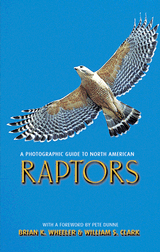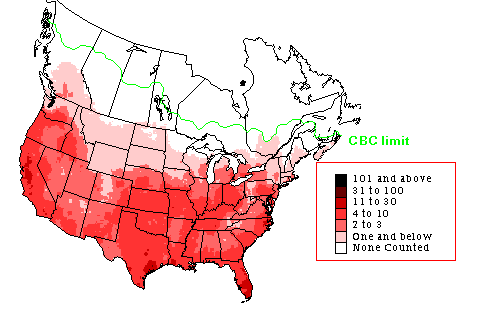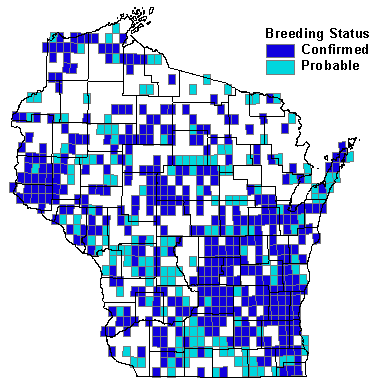 |
| Pileated Woodpecker in a Hackberry Tree |
We took the Prius out this morning to see how the wildlife along the Lower Chippewa River would react to the February thaw (temperatures in the 40's). We were heading east into the coulees on Kings Highway in Maxville, Wisconsin when I spotted a commotion at the top of one of the leafless deciduous trees on the north side of the road. At first I thought it was a crow. Then I saw the signature red knot of feathers on the back of its head: a Pileated Woodpecker.
She was floundering and flapping. My first thought was: was she tangled-up in fish line?
We pulled out our binoculars and watched. She seemed to lose her footing. Then she flapped her wings to maintain her balance. What was going on?
After a minute or so, we were relieved to see her find stability on the tiny branches. She looked okay. But then she lost her balance again and started flapping.
That's when I noticed the tiny fruits hanging from the top branches. This huge woodpecker was picking Hackberry fruits! I've seen robins and waxwings feed on Hackberry fruits, but never a Pileated.
When I got home, I checked the
Birds of North America monograph to see what else, aside from carpenter ants and beetle larvae, these birds eat.
Their diets change seasonally, but they eat carpenter ants year round. They focus on fruit in the fall, carpenter ants in the winter, wood-boring beetle larvae in the spring and a broad selection of insects in the summer.
Insect surprises: cockroaches, paper wasps, beetles and termites.
And the fruits... greenbriar (smilax), hackberry, sassafras, blackberries (rubus), poison ivy (!), dogwood and black gum.
They eat nuts and tree sap too.
---------------------------------------------
What other birds did we see in the Durand area?
A kestrel out on Marsh Road.
A dozen Horned Larks on Stai Coulee Road east of the potato shed.
Several Red-tailed Hawks, including a pair in their "regular" tree south of County V on State Road 25.
And several Bald Eagles flying, roosting and fishing.
At my feeders: Tufted Titmouse, chickadees, 5 pairs of cardinals and dozens of juncos, tree sparrows and goldfinches.


















